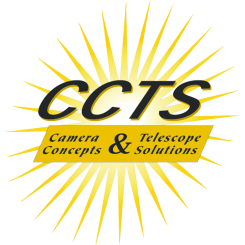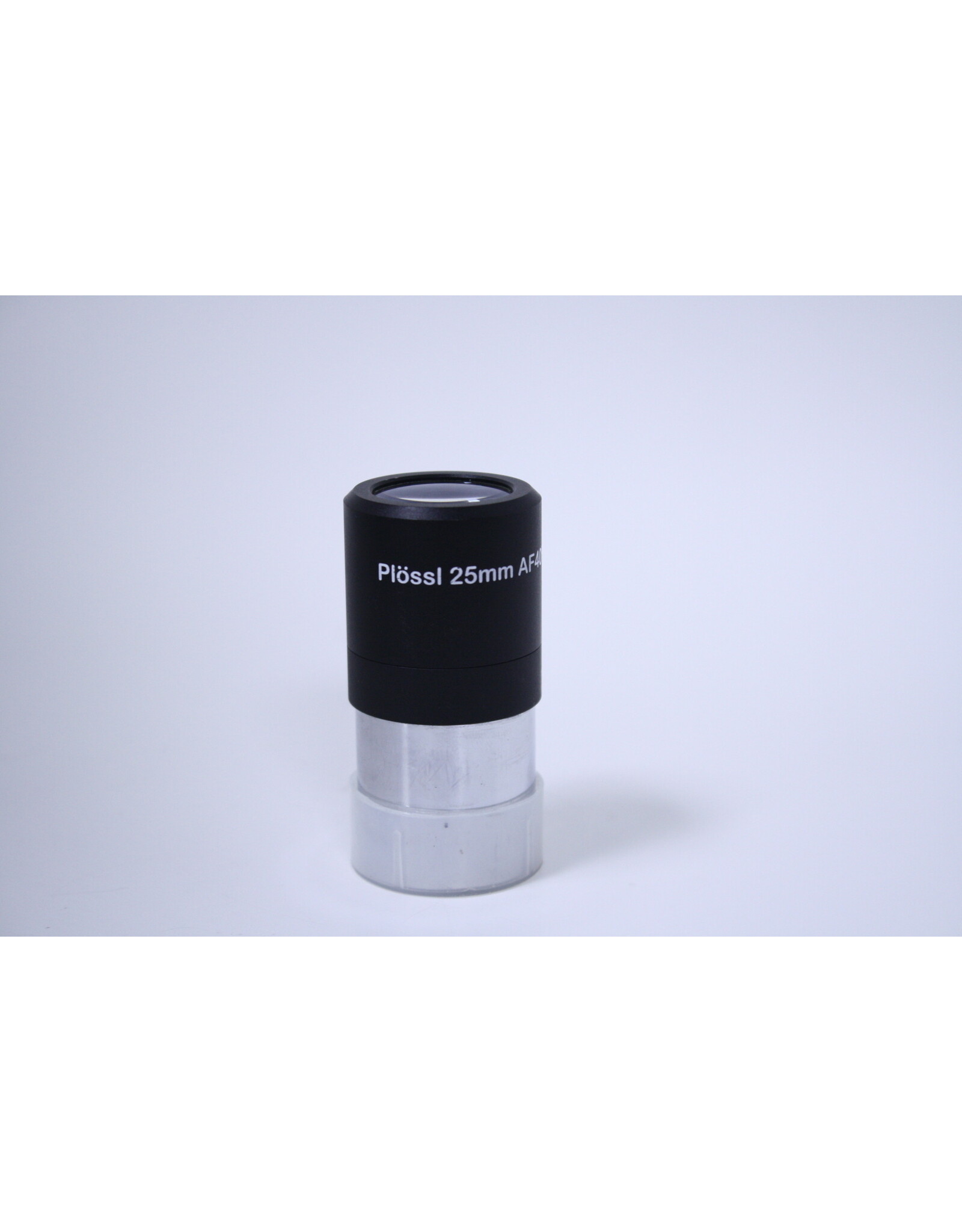Unbranded 25mm Plossl with 40 degree AFOV (Pre-owned)
| Availability: | Out of stock |
| Delivery time: | Sorry..Item has been sold! |
The 25mm Plossl eyepiece with a 40-degree apparent field of view (AFOV) is a popular choice among amateur astronomers for use in telescopes. Here's a breakdown of its features and characteristics:
-
Design: The Plossl eyepiece design is a classic and well-regarded optical configuration known for its sharpness, contrast, and relatively simple construction. It typically consists of four lens elements arranged in two groups.
-
Focal Length: The focal length of the eyepiece is 25mm. This value determines the magnification of the telescope when used in conjunction with it. The longer the focal length of the eyepiece, the lower the magnification will be.
-
Apparent Field of View (AFOV): The apparent field of view of the eyepiece is 40 degrees. This is the angular extent of the scene visible through the eyepiece, as perceived by the observer. A wider AFOV provides a more expansive view of the sky, making it easier to locate celestial objects and offering a more immersive observing experience.
-
Eye Relief: Plossl eyepieces typically offer comfortable eye relief, allowing observers to maintain a suitable distance from the eyepiece while still enjoying a full field of view. This is particularly beneficial for eyeglass wearers, as it minimizes the need to press their glasses against the eyepiece for a clear view.
-
Compatibility: The 25mm Plossl eyepiece with a 40-degree AFOV is compatible with many telescopes that accept 1.25-inch eyepieces, which is a standard size for most consumer telescopes. It can be used in both refractor and reflector telescopes, as well as certain spotting scopes and binoculars with appropriate adapters.
-
Versatility: With its moderate focal length and field of view, the 25mm Plossl eyepiece is well-suited for a variety of astronomical observations. It provides a good balance between magnification and field of view, making it suitable for viewing celestial objects such as star clusters, galaxies, and nebulae, as well as planetary observations.








